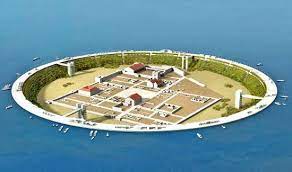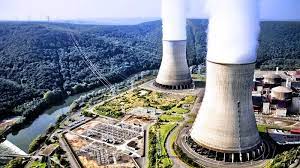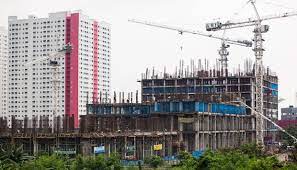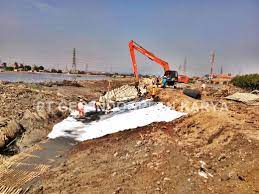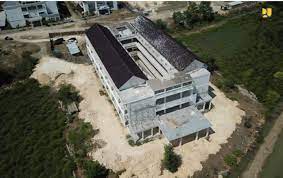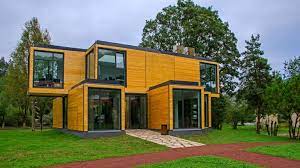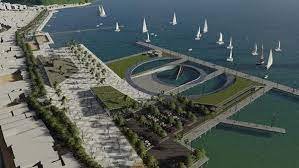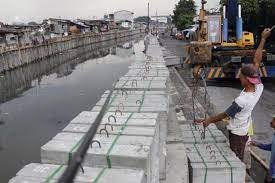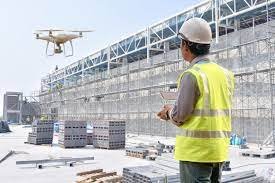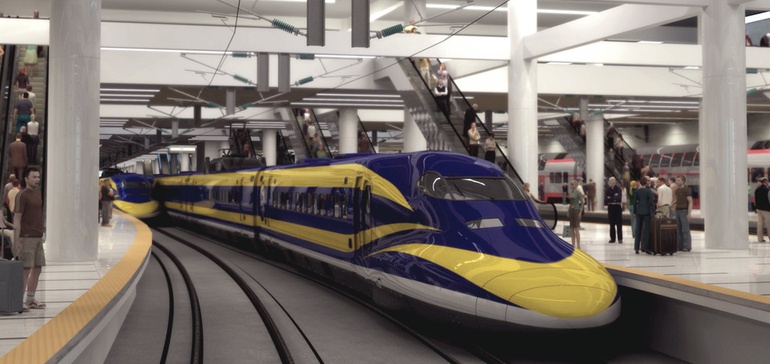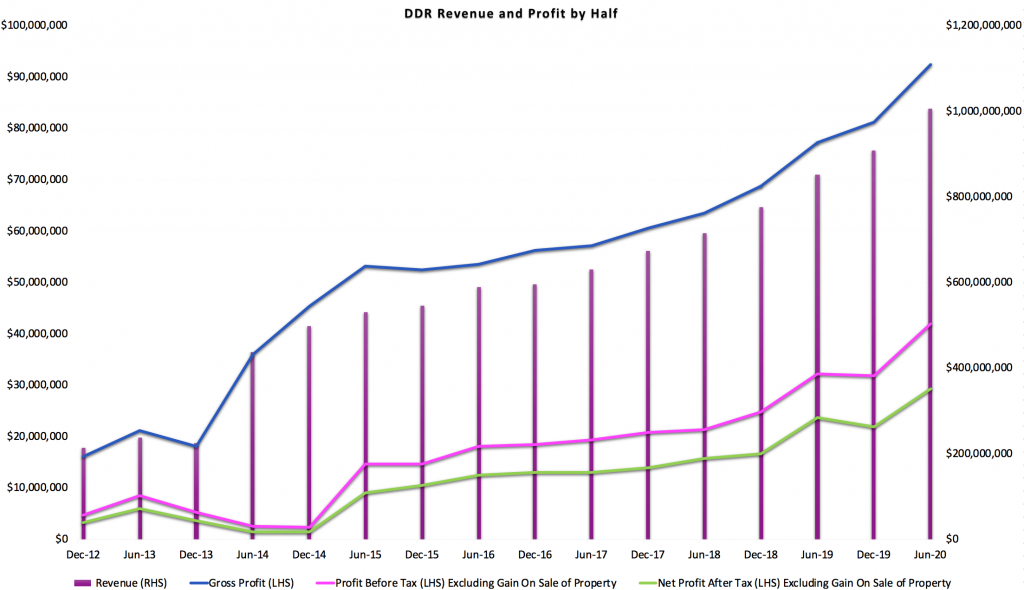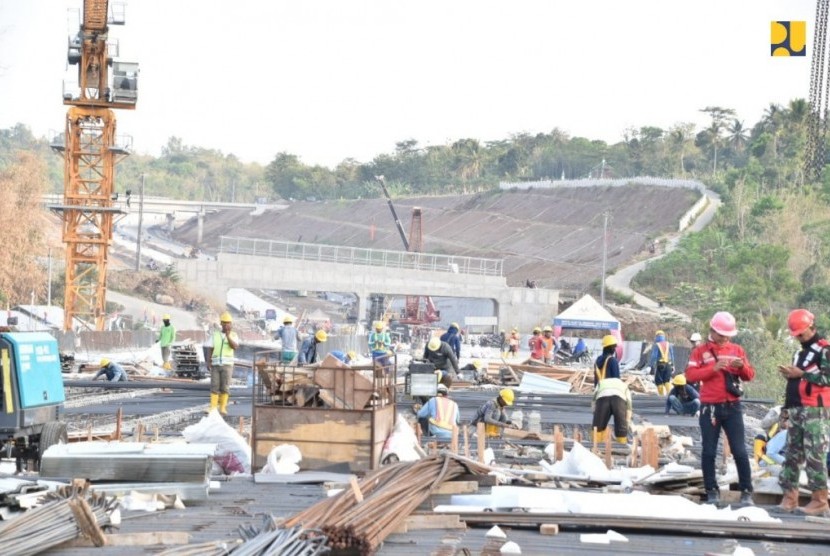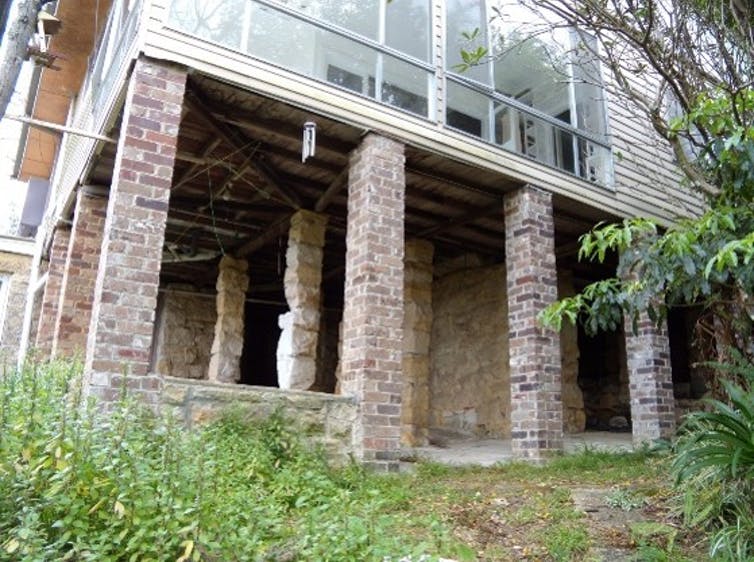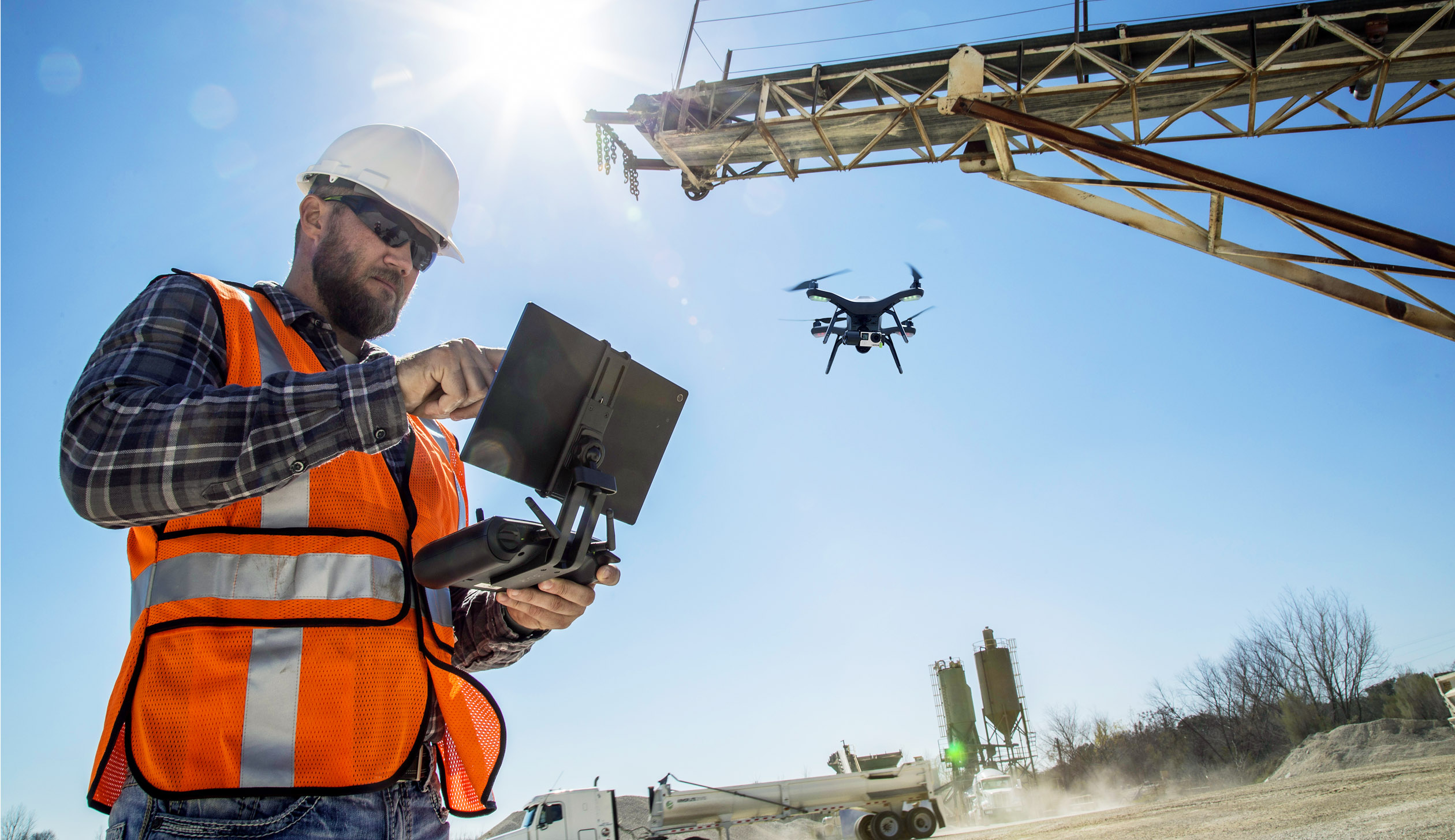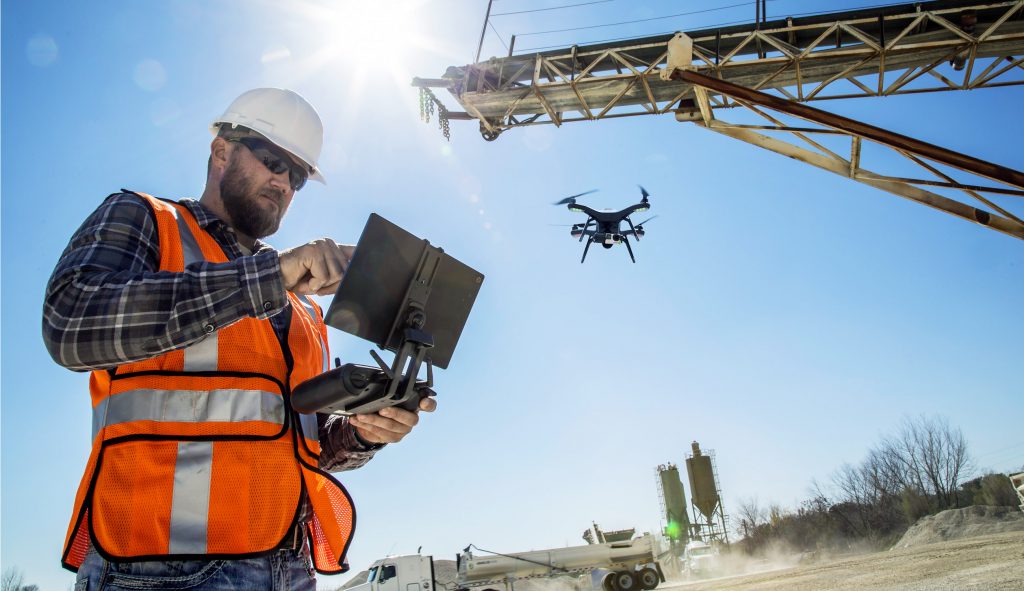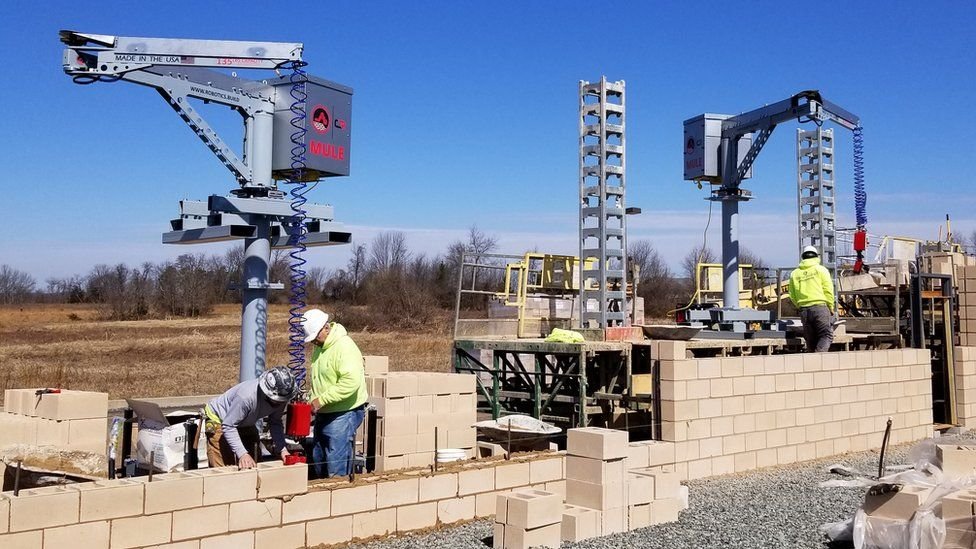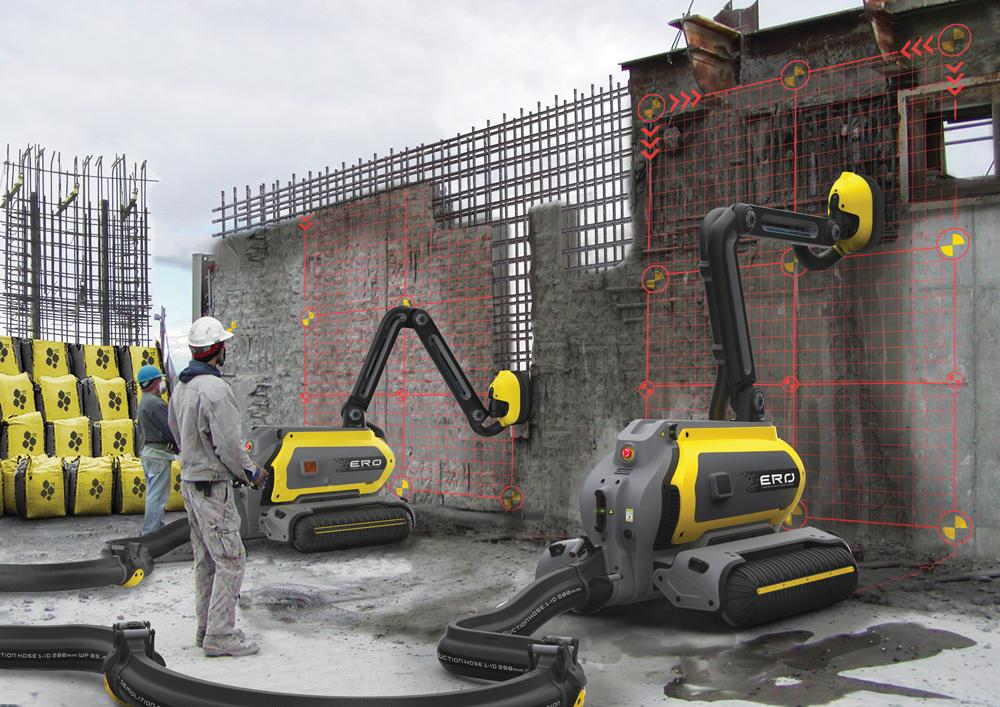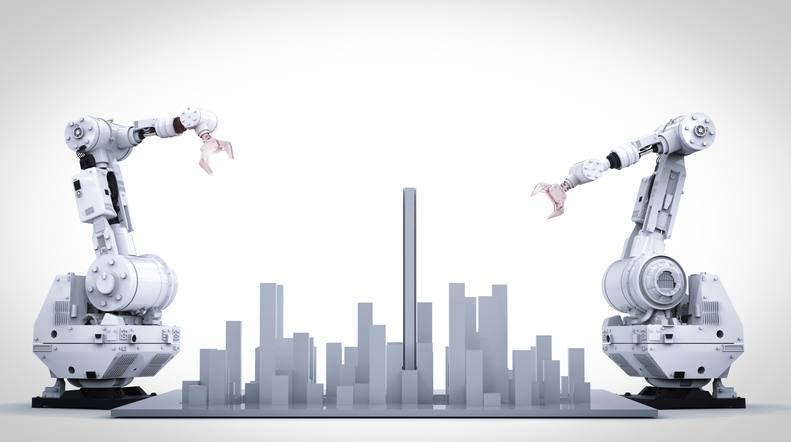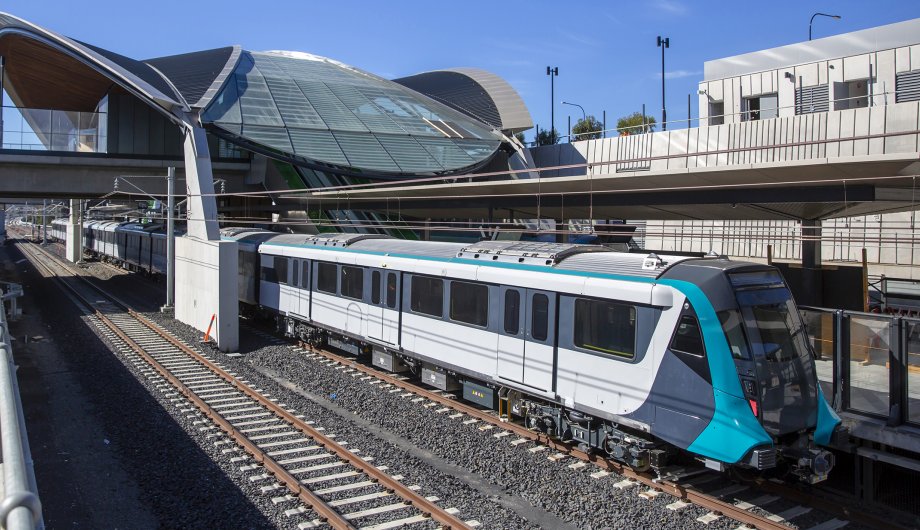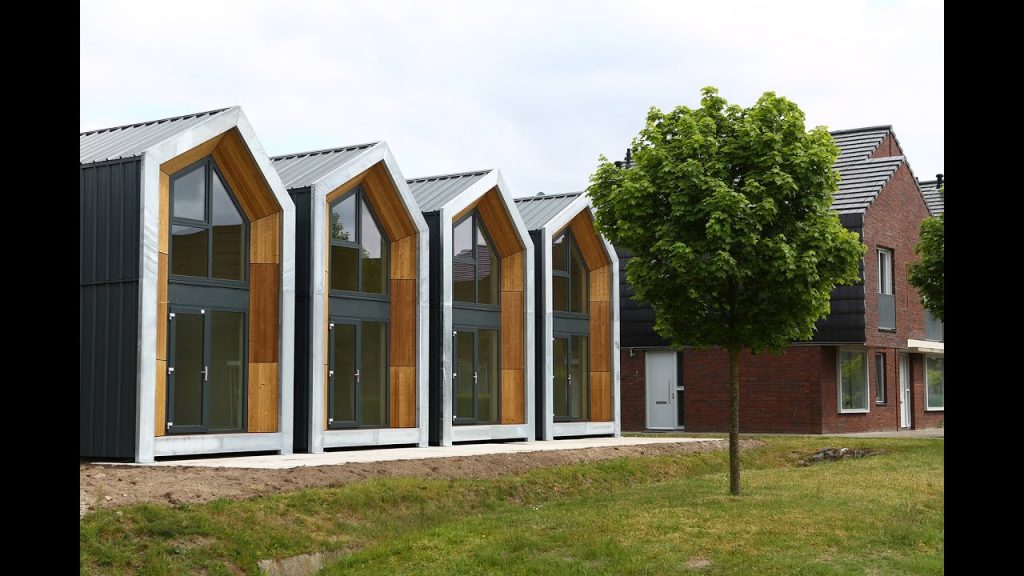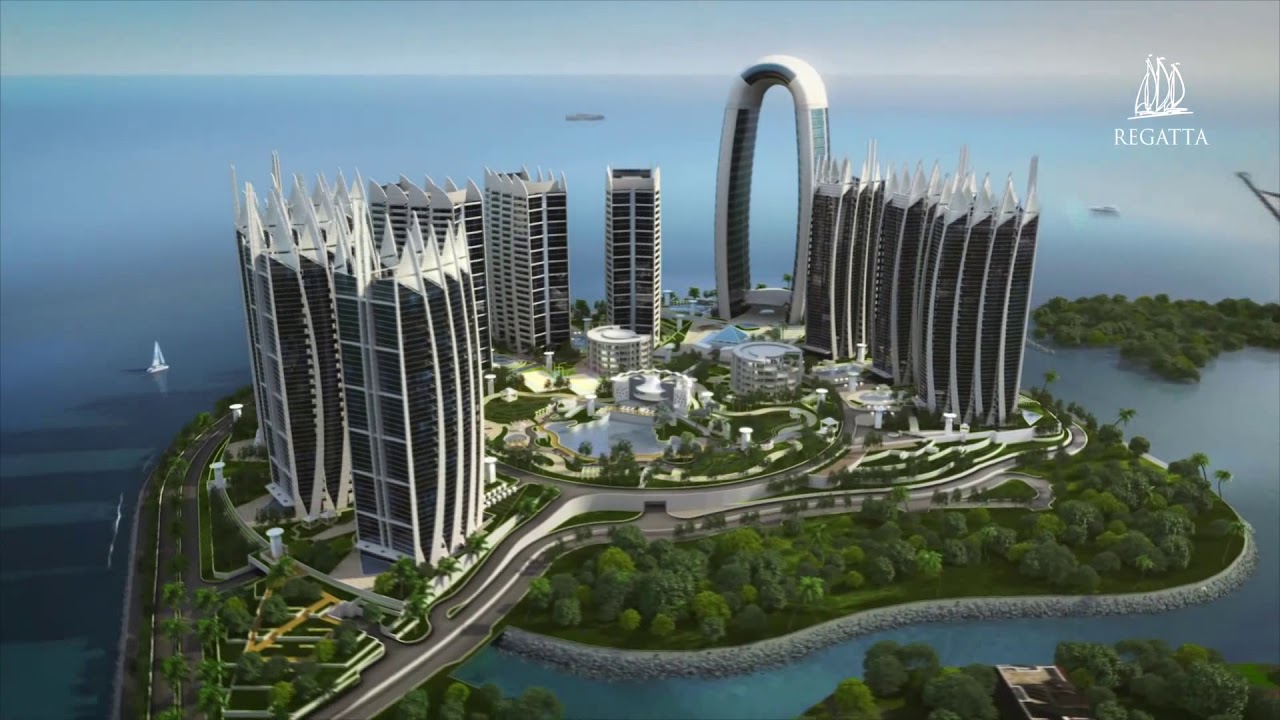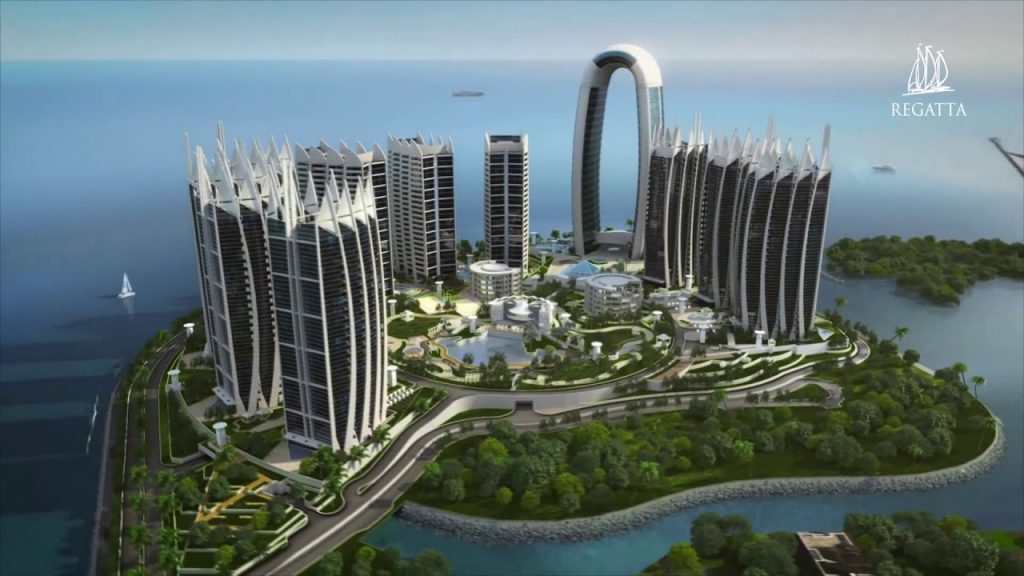Proyek Pembangunan Infrastruktur Terbesar – Dunia yang kita semua huni bergantung pada infrastruktur yang dibangun. Tanpanya kita tidak akan bisa mengangkut makanan, barang atau jasa. Kita tidak dapat memberi daya pada rumah kita atau mengakses air bersih. Kita tidak bisa bepergian atau berlibur.
Cukup mempengaruhi masyarakat dalam beraktivitas, pentingnya infrastruktur telah tumbuh secara signifikan dalam beberapa tahun terakhir seiring dengan meningkatnya populasi global, dan karena semakin banyak orang yang tinggal di kota. poker 99
Pembangunan infrastruktur multi-miliar dolar kini telah menjadi tren karena pemerintah di seluruh dunia berusaha untuk mengimbangi pertumbuhan, meningkatkan standar hidup dan memungkinkan pembangunan ekonomi lebih lanjut. www.americannamedaycalendar.com
Berikut ini adalah rangkuman proyek infrastruktur terbesar saat ini yang sedang dibangun di masing-masing dari enam benua yang dihuni.
Sydney Metro, Australia
Kami memulai perjalanan kami di Oseania, di mana – terlepas dari beberapa dekade pemerintahan yang memilih jalan raya dan jalan tol – investasi yang signifikan sekarang sedang dilakukan dalam angkutan massal.
Salah satunya, Sydney Metro saat ini merupakan proyek infrastruktur terbesar yang sedang dibangun di benua itu. Terdiri dari 31 stasiun metro baru dan yang ditingkatkan, proyek ini berada di jalurnya untuk memberikan layanan kereta otomatis pertama Australia.
Berasal di barat laut kota, jalur baru akan menempuh jarak 66 kilometer, melintas di bawah Sydney Harbour dan kawasan pusat bisnis yang berkembang pesat, sebelum kembali ke pinggiran barat daya.
Dengan total biaya USD $ 14,7 BN – setara dengan AUD $ 20,8 BN pada saat pembuatan rancangan – fase pertama proyek ini akan dibuka pada tahun 2019 sementara fase dua akan selesai pada tahun 2024.
Forest City, Malaysia
Forest City adalah proyek kemitraan antara Malaysia dan Cina, sebuah pulau kota besar yang dirancang untuk memberikan yang terbaik dalam gaya hidup dan keunggulan hidup. Semua mobil diparkir di bawah tanah dan dihubungkan oleh jaringan terowongan sehingga mereka tidak mengganggu taman yang tenang dan ruang di atas.
Ini adalah proyek luar biasa yang diselimuti oleh tanaman hijau, taman langit, air hujan dan sistem pemurnian udara dan bahkan rawa, lahan basah dan area air untuk dinikmati.
Belt and Road Initiative, China
Diakui secara luas sebagai salah satu proyek infrastruktur paling ambisius dalam sejarah manusia, inisiatif Belt and Road yang luas di China bertujuan untuk menghubungkan negara dengan pasar di sekitarnya, meningkatkan perdagangan dan pertumbuhan ekonomi.
Elemen “road” dari proyek ini akan menelusuri kembali bagian-bagian dari Jalan Sutra bersejarah yang membentang antara Eropa dan Asia selama berabad-abad, sementara aspek “belt” akan menciptakan hubungan maritim dengan India dan Afrika Timur.
Pemerintah Cina percaya bahwa proyek ini menandai “era baru globalisasi” yang akan membuat negara-negara seperti Rusia, India, Iran, Mesir, dan Pakistan mendapat manfaat dari berbagai sub-proyek dalam masterplan keseluruhan.
Meskipun demikian, banyak yang melihat skema tersebut sebagai upaya oleh Cina untuk memperluas lingkup pengaruh mereka.
Dengan perkiraan biaya USD $ 900 miliar di sekitar 68 negara, Belt and Road Initiative tidak hanya bertujuan untuk menghubungkan Cina dengan 65% populasi global tetapi untuk mengisi kesenjangan infrastruktur yang meningkat dan mempercepat pertumbuhan di Eropa Tengah dan Timur dan Asia- Wilayah Pasifik.
Panama Canal, Panama
Terusan Panama yang asli, yang dibangun lebih dari 100 tahun yang lalu, adalah salah satu dari Keajaiban Dunia Modern, tetapi seabad kemajuan berarti bahwa itu harus diperlebar. Sekitar 40.000 pekerja bekerja di proyek ekspansi, dan kanal yang selesai dibuka pada 2016 dengan biaya $ 5,4 miliar.
Lagos-Kano Railway, Nigeria
Sejak Nigeria merdeka pada tahun 1960, infrastruktur kereta api era kolonial di negara itu telah terus mengalami kerusakan dengan jumlah barang dan penumpang menurun sepanjang paruh kedua abad ke-20.
Sekarang, di tengah pertumbuhan yang belum pernah terjadi sebelumnya dan status negara yang muncul sebagai pembangkit tenaga listrik Afrika, pemerintah Nigeria menginvestasikan miliaran dolar untuk mengganti dan meningkatkan sistem kereta api mereka.
Yang terbesar dari proyek-proyek ini adalah kereta api Lagos-Kano senilai $ 8,3 miliar USD, sebuah jaringan mencapai 1.000 km yang akan menghubungkan dua kota terbesar Nigeria ke sejumlah pusat regional dan ibukotanya, Abuja, secara signifikan mengurangi waktu perjalanan.
Dengan populasi Nigeria yang hampir dua kali lipat menjadi 390 juta orang pada tahun 2050, pemerintahnya perlu melanjutkan dan bahkan melebihi tingkat investasi ini dalam beberapa dekade mendatang jika ingin menyamai pertumbuhan dan meningkatkan standar hidup di seluruh negara.
Crossrail (Elizabeth Line), Inggris
Sementara Grand Paris Express ditetapkan untuk menggantikan Crossrail sebagai proyek infrastruktur terbesar di Eropa pada akhir 2018, penundaan kereta api baru di London membantunya mempertahankan statusnya.
Rute 117 kilometer keseluruhan berjalan dari Reading dan Heathrow di barat, di bawah London pusat dan keluar ke Shenfield dan Abbey Wood di timur.
Dengan 41 stasiun baru dan yang ditingkatkan dan lebih dari 42 kilometer terowongan baru di bawah salah satu kota paling bersejarah dan paling padat di dunia, proyek tersebut sejauh ini merupakan proyek terbesar di Eropa, dengan inisial perkiraan USD $ 19 miliar (£ 15 miliar) melonjak hingga USD $ 32 miliar (atau hampir £ 25 miliar) sejak pekerjaan dimulai.
Riyadh Metro, Arab Saudi
Jalur kereta api senilai $ 23,5 miliar ini akan menjadi stasiun andalan yang dirancang oleh arsitek terkenal dunia, Zaha Hadid. Operasi dijadwalkan akan dimulai pada 2019, dan kereta api akan memiliki 109 mil kereta api pada penyelesaian, merevolusi cara penduduk Riyadh berkeliling.
4G Roads and Highway Program, Kolombia
Skema infrastruktur terbesar yang saat ini sedang dibangun di Amerika Selatan adalah Program Jalan dan Jalan Raya generasi keempat (4G) Kolombia senilai $ 25 miliar.
Terdiri dari sekitar 30 proyek utama – mulai dari terowongan dan jembatan, hingga jembatan dan 3,742 kilometer jalan raya tambahan – program ini bertujuan untuk meningkatkan konektivitas di seluruh Kolombia.
Sementara sejumlah skema ini sudah berlangsung, program ini secara keseluruhan diperkirakan akan memakan waktu 28 tahun untuk menyelesaikannya.
California High-Speed Rail, Amerika Serikat
Akhirnya, di Amerika Utara, proyek Kereta Api Berkecepatan Tinggi California $ 63BN yang kontroversial diperkirakan akan memangkas waktu perjalanan kereta api antara San Francisco dan Los Angeles menjadi 2 jam 40 menit.
Sementara gagasan untuk menghubungkan kota-kota ini dengan darat telah ada selama bertahun-tahun – bahkan membentuk dasar proposal hiperlop awal Elon Musk pada tahun 2013 – pekerjaan konstruksi pada jalur berkecepatan tinggi baru dimulai pada tahun 2015.
Ditetapkan untuk membentuk tahap pertama dari jaringan Kereta Cepat Berkecepatan Tinggi California, yang akan mencakup koneksi ke Sacramento dan San Diego, proyek ini menghadapi penundaan yang parah dan pembengkakan biaya dengan tanggal penyelesaian awal tahun 2028 sekarang didorong kembali ke tahun 2033.
Sognefjord Submerged Floating Tunnel, Norwegia
Mungkin yang paling menarik dari semua proyek dalam daftar ini adalah proposal Norwegia untuk membangun terowongan terapung senilai $ 25 miliar di bawah Sognefjord, Fjord terbesar di Norwegia, yang lebarnya 3.000 kaki dan kedalaman 4.000 kaki. Terowongan radikal ini akan menjadi yang pertama di dunia jika visi terwujud.


